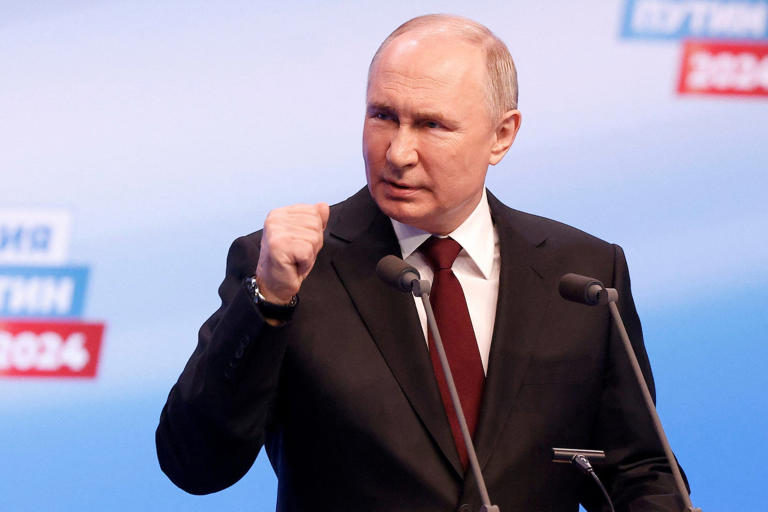Despite Europe’s ambitious pledges to reduce its dependence on Russian natural gas following Russia’s invasion of Ukraine, the continent continues to import significant quantities of the fuel. This persistent reliance highlights the complex challenges associated with fully eliminating Russian energy supplies amidst a shifting global energy landscape.
Before the Ukraine conflict began, Russia was Europe’s dominant natural gas supplier, accounting for over 40% of the continent’s total imports. This substantial reliance was primarily through pipelines, which were the most direct and cost-effective means of transporting gas. However, since the invasion in February 2022, Europe has made concerted efforts to cut back on Russian gas. By the end of 2023, this dependency had been reduced to approximately 15% of Europe’s total natural gas imports. Of this, around 9% came via pipelines, while 6% was in the form of liquefied natural gas (LNG). This reduction represents a significant shift, yet the goal of completely severing ties with Russian gas remains elusive.
Monthly imports of Russian LNG have shown a relatively stable pattern since the onset of the war. According to Bloomberg, these imports have fluctuated between 850,000 and 1.6 million metric tons. This steady volume underscores the ongoing difficulties Europe faces in completely removing Russian gas from its energy portfolio. The stability of these imports indicates that while European countries have reduced their overall dependency, they still rely on Russian LNG to meet their energy needs.
The persistence of Russian gas imports is partly due to the slow pace of transitioning to alternative energy sources and the complexities of developing new supply chains. Europe’s strategy to replace Russian gas involves diversifying its sources and increasing imports of LNG from other regions, particularly the United States. However, this transition has proven challenging, with various factors impacting the ability to completely eliminate Russian supplies.
One significant factor is the shifting dynamics of global LNG demand. The United States, which became the world’s top LNG exporter in 2022, initially increased its exports to Europe, surpassing Russia as the largest supplier. However, by mid-2024, this trend had reversed. In July 2024, the volume of LNG imported by Europe from the US was 1.5 million metric tons, marginally higher than the 1.3 million tons imported from Russia. This narrowing gap is indicative of broader market shifts.
US LNG exporters have increasingly redirected their shipments to Asia, where demand and prices have been higher due to a summer heatwave. For example, as of late July 2024, spot prices for LNG deliveries to North Asia were approximately $12 per million British thermal units (mmBtu), compared to around $10.30 mmBtu for Europe. This price disparity has incentivized exporters to prioritize Asian markets, where returns are more favorable. This shift underscores the competitive pressures in the global LNG market and the complexities of managing supply and demand.
The narrowing gap between US and Russian LNG exports to Europe also reflects the broader challenges Europe faces in diversifying its energy sources. Despite significant efforts to increase LNG imports from other regions and reduce reliance on Russian gas, Europe’s energy security remains vulnerable to fluctuations in global supply and demand dynamics. The ongoing imports of Russian gas highlight the difficulties in achieving complete energy diversification and security.
In addition to the immediate challenges of transitioning away from Russian energy sources, Europe must also navigate the broader geopolitical and economic implications of its energy policies. The persistent import of Russian gas amidst ongoing geopolitical tensions underscores the complexities of global energy markets and the challenges faced by European nations in achieving energy independence.
In summary, while Europe has made notable progress in reducing its dependency on Russian natural gas, the continued import of Russian gas and shifting global LNG market conditions reveal the complexities of fully diversifying energy sources. The ongoing reliance on Russian gas, coupled with competitive pressures in the LNG market, illustrates the broader challenges Europe faces in achieving complete energy security and transitioning to a more diversified energy mix.
